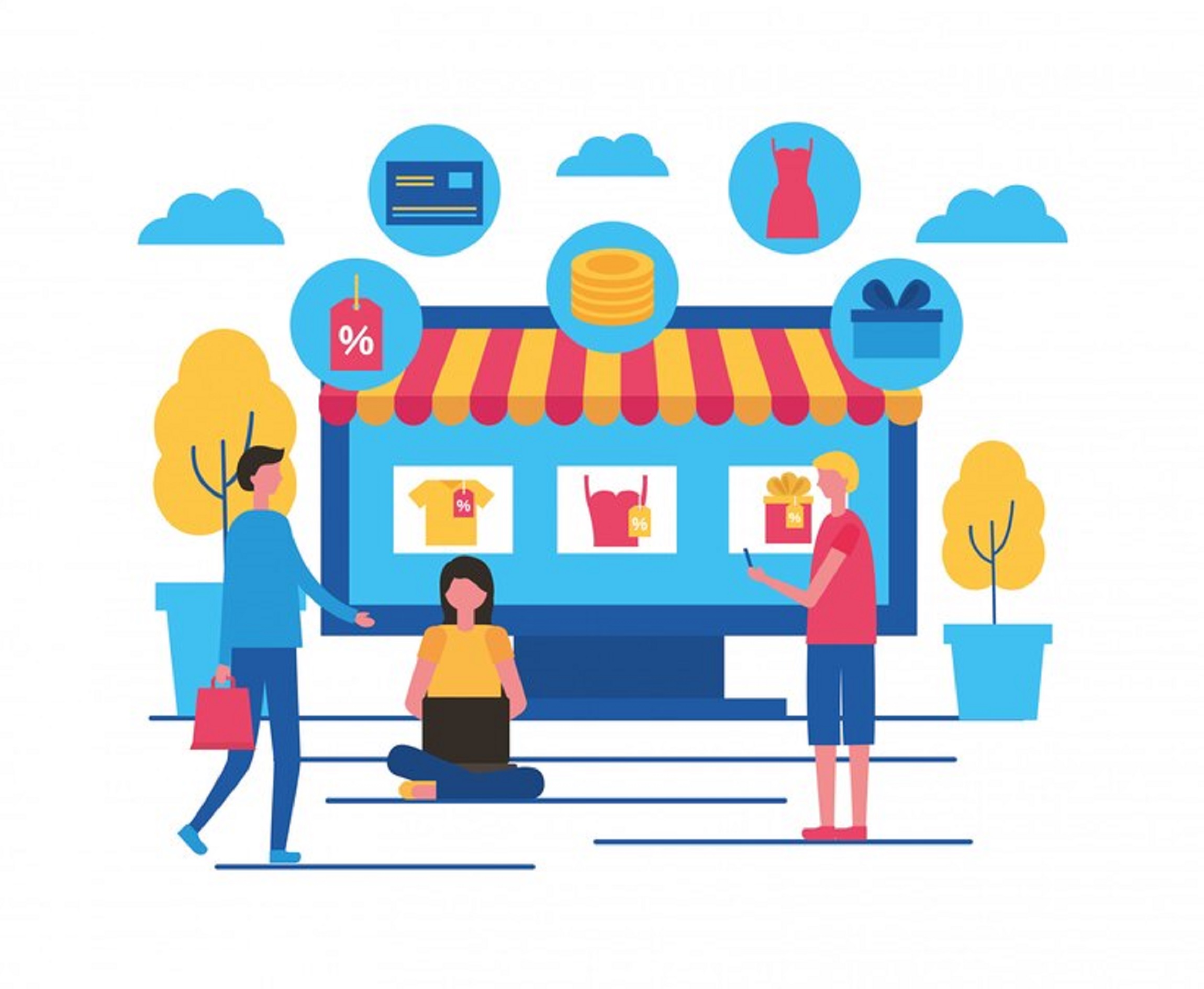New research tells us the pitfalls of CX—and ways the industry can improve using tech and human assistance
What do getting a cavity filled, participating in jury duty, and plunging the toilet have in common? If your first thought was, ‘they all sound awful,’ you’d be right. But according to survey data, people would rather do any of these chores than deal with customer service.
Interactions’ recent survey of 1,000 U.S. consumers showed that some 76% of consumers expect better customer service than they get today. Customer satisfaction is the lowest it has been in decades, according to the American Customer Satisfaction Index. And brands are paying the price: Delivering a high-quality customer experience is vital to foster and maintain the brand loyalty that drives long-term business success.
The key to fixing the problem is to understand why customers are frustrated—and what they want instead.
Our survey gathered feedback from customers about their experiences—and these data and insights can guide CX professionals on their journey to refine their customer service strategies. We found challenges—like long hold times and struggling to communicate with ineffective, restricted dial menus—but also opportunities, like using tech-centric solutions to answer common customer questions immediately. Addressing both will require that companies leverage a combination of technology and human expertise to deliver a top-tier customer experience.
The top three issues that create the most stress for consumers: Long hold times (77%), multiple transfers (60%), and struggling to get their questions answered (42%).
The root of these common frustrations can vary among companies. Some might be too short-staffed to handle high call volumes. Others don’t offer enough training for agents to handle a variety of questions. Some don’t empower agents with the tools they need to quickly address common problems.
Modern, AI-driven customer service technology can improve the customer experience across these different challenges. Advanced, intuitive, agent-assisted CX technology can eliminate hold times entirely and scale customer support to a wider variety of customers. Companies should make sure their customer service assistants are calibrated to manage the most common questions seamlessly, so customer experiences are quick, streamlined, and painless.
Marketing Technology News: MarTech Interview with Janaka Fernando, Optimizely Practice Director at Valtech
47% experienced situations where they had to repeat themselves to get the technology to understand them.
When a customer reaches out with a more complex issue, such as locating a missing package, the last thing they want to deal with is a clunky, ineffective robot that can’t provide a solution. Being unable to speak with a real person—and instead having to engage in unnatural “robot speak” to get the technology to understand—is one experience that could have customers ditching a brand for good.
Our research suggests that human support on the backend is necessary for seamless CX technology. In addition to providing real-time support for customers, live agents can analyze the technology’s performance and make decisions to improve automated interactions. This kind of human-in-the-loop model also ensures that if technology gets stuck, an agent can immediately jump in and keep things moving.
48% confessed to becoming angry while communicating with customer service within the past 12 months. And 33% admit to raising their voice or swearing at a CX system or human representative.
The buildup to dealing with an angry customer can be twofold—they might lose their temper after struggling to get their questions answered via AI, or after dealing with a live agent who’s not equipped to help solve their problem.
No one can predict how a customer will react, but the best CX teams can do is optimize their technology and human staff to the fullest. In the case of a more intricate issue that requires speaking with a human, CX teams need to embrace a human-in-the-loop model, and program their tools to quickly direct people to human representatives as needed. To facilitate pleasant human-to-human conversations, brands should prioritize hiring and training the appropriate amount of people—particularly during high-demand seasons—to handle issues in ways that leave customers feeling that the company values their business.
50% of respondents believe that companies are trying to get them off the phone as quickly as possible.
It’s no secret that brands don’t want their customers to leave an interaction with a bad taste in their mouth—especially when 96% of respondents say they will be more loyal to a company that provides excellent customer service. It’s why companies should always operate with a customer-centric approach: one that values every customer’s experience, and encourages employees to go beyond what’s expected to deliver an exceptional experience.
An effective customer-first strategy requires two key elements: a team of humans who are trained to offer helpful and genuine-feeling support to customers, and the appropriate technology to support that team. After a customer provides initial information, tech-centric CX solutions can provide initial context to human teams about the customer’s request when they’re transferred (such as making a return or exchange), ensuring a more seamless conversation that doesn’t waste their time.
Nearly 100% say that pleasant exchanges with customer service make them feel valued and more likely to remain loyal to a company.
At a high level, our survey insights spotlight the fact that good customer service matters deeply: people who have positive customer service experiences with brands will likely continue to buy products and services from those brands.
Some of the more disheartening findings on customer sentiment shouldn’t be a hindrance to CX teams—instead, they offer hope for the future of customer service and motivation for brands to do better.
Building a hybrid human-technology approach to CX is the key to facilitating more productive interactions that drive loyalty. Doing so will build the foundation for an experience that always puts the customer first.
Marketing Technology News: Why Marketers Should Strive for Answer-driven Marketing











